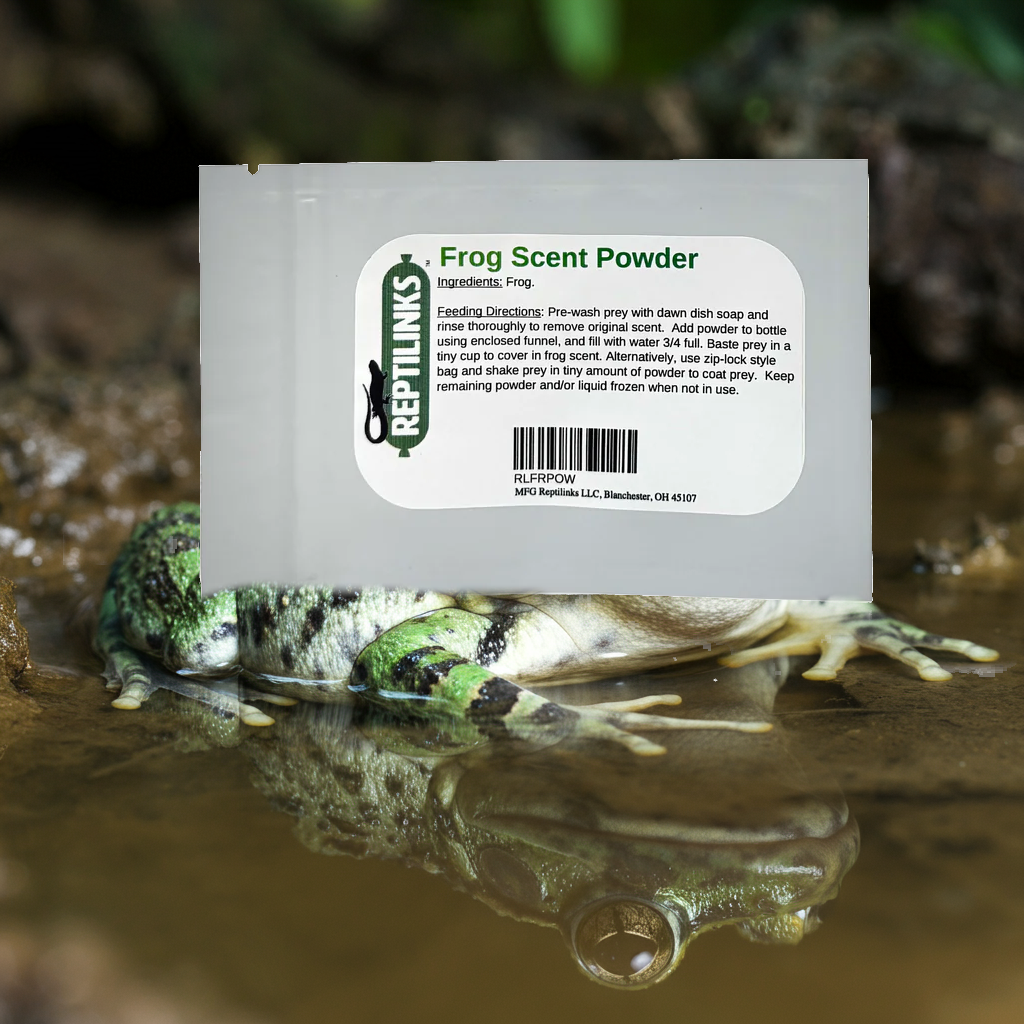What is Mendelian Genetics?
Mendelian genetics is the study of how traits are passed down from parents to offspring through genes. It is based on the principles discovered by Gregor Mendel in the 19th century. Mendelian genetics explains the inheritance of specific traits, such as eye color or scale pattern, in a predictable manner. By understanding Mendelian genetics, breeders of snakes and reptiles can make informed decisions to selectively breed for desired traits and minimize the risk of genetic disorders like neurological, developmental, or respiratory disease.
Key Concepts in Mendelian Genetics
Key concepts in Mendelian genetics include dominant and recessive alleles, genotype and phenotype, homozygous and heterozygous individuals, and Punnett squares. Dominant alleles are expressed in the phenotype when present, while recessive alleles are only expressed when homozygous. Genotype refers to the genetic makeup of an individual, while phenotype refers to the observable characteristics. Homozygous individuals have two identical alleles for a particular gene, while heterozygous individuals have two different alleles. Punnett squares are used to predict the probability of offspring inheriting certain traits based on the parents' genotypes.

Inheritance Patterns in Snakes and Reptiles
Inheritance patterns in snakes and reptiles follow the principles of Mendelian genetics. Mendelian genetics is the study of how traits are inherited from one generation to the next. In snakes and reptiles, these inheritance patterns can be categorized into three main types: dominant, recessive, incomplete dominant, and co-dominant. Dominant inheritance occurs when a trait is expressed even if only one copy of the gene is present, while recessive inheritance requires two copies of the gene for the trait to be expressed. Co-dominant inheritance occurs when both alleles of a gene are expressed and neither is dominant over the other. Incomplete dominance is a pattern of inheritance in which neither allele for a gene is completely dominant over the other. This results in an intermediate phenotype in the heterozygote, which is an individual that has two different alleles for the same gene.
Understanding these inheritance patterns is crucial for snake and reptile breeders to predict the traits that will be passed on to offspring and to develop breeding strategies for desired traits.
Genetic Variation in Snakes and Reptiles
Types of Genetic Variation
Genetic variation refers to the differences in DNA sequences among individuals within a population. In snakes and reptiles, there are several types of genetic variation that contribute to the diversity and adaptability of these species.
These variations are often simply referred to as "morphs" and may include incomplete dominant traits (for example, a pastel ball python) and recessive traits (for example, an albino green iguana).
Genetic Mutations in Snakes and Reptiles
Genetic mutations are changes that occur in an organism's DNA structure. These mutations can result in a variety of genetic variations, including point mutations, insertions, deletions, and chromosomal rearrangements. In snakes and reptiles, genetic mutations can lead to unique physical characteristics and traits. For example, a mutation in the tyrosinase gene can cause albinism in snakes, resulting in a lack of pigmentation. Other mutations can affect patterns, coloration, and even the size of these animals. Understanding genetic mutations is crucial for breeders and researchers in order to study and manipulate the genetic diversity of snake and reptile populations.
The Ball Python Genetics Project has references to different papers studying the interactions of these genes with common variations.
Breeding Strategies for Genetic Improvement
Selective Breeding in Snakes and Reptiles
Selective breeding is a common practice in the snake and reptile breeding community. Breeders carefully choose individuals with desirable traits to mate in order to produce offspring with those same traits. This process can lead to the development of new morphs or color variations in snakes and reptiles. However, it is important for breeders to consider the potential negative effects of selective breeding, such as reduced genetic diversity and increased risk of genetic disorders. To mitigate these risks, breeders should incorporate strategies like outbreeding and genetic testing into their breeding programs.
Unfortunately, there is a huge confusion here. Breeding together even remotely related reptiles can create scenarios where some genetics continue to be dominant. This is often unfortunate as possible disease causing genes may emerge and be pervasive. However, for reptile species that are heavily produced in captivity, there is enough genetic diversity to prevent this. Ball pythons are a great example. Breeders may exchange animals for years and never encounter two members of the same family - not only are these animals heavily produced in captivity by many sources, they are also imported regularly. In lack of any formal studies we cannot guess the genetic convergence of these animals in captivity.
Inbreeding and Outbreeding
Inbreeding and outbreeding are two breeding strategies commonly used in snake and reptile breeding. Inbreeding involves mating closely related individuals, such as siblings or parent-offspring, to maintain desired traits within a population. This can increase the likelihood of inheriting both desirable and undesirable traits. On the other hand, outbreeding involves mating unrelated individuals to introduce new genetic variation and reduce the risk of inheriting harmful recessive traits. Both strategies have their advantages and disadvantages, and breeders must carefully consider the genetic health and diversity of their populations when making breeding decisions.
Inbreeding (also called line breeding) is often done with animals that express "morphs" that are compounds of polygenic traits. These traits are not like simple Mendelian genetics. Many genes interact to create a specific "morph".
Crested geckos, gargoyle geckos, borneo short tail pythons, etc are all examples of animals line bred or inbreed somewhat commonly specifically to produce animals with a distinct expression.
Genetic Testing and Screening
Genetic testing and screening are essential tools in snake and reptile breeding programs. These tests allow breeders to identify specific genetic traits and potential health issues in their animals. By conducting genetic tests, breeders can make informed decisions about which individuals to breed and which to avoid, helping to improve the overall genetic health and quality of the population. Additionally, screening tests can help identify carriers of genetic diseases, allowing breeders to make responsible breeding choices and reduce the risk of passing on harmful traits.
Conclusion
The Importance of Mendelian Genetics in Snake and Reptile Breeding
Mendelian genetics plays a crucial role in snake and reptile breeding programs. By understanding the principles of Mendelian inheritance, breeders can predict the likelihood of certain traits being passed on to offspring. This knowledge allows breeders to selectively breed individuals with desirable traits, such as vibrant coloration or increased resistance to diseases. Genetic testing and screening are also important tools in snake and reptile breeding, as they enable breeders to identify carriers of genetic disorders and avoid breeding individuals that may pass on harmful mutations. By applying Mendelian genetics principles, breeders can make informed decisions to improve the genetic health and diversity of snake and reptile populations, ensuring their long-term viability in both captive and wild settings.
Implications for Conservation and Captive Breeding Programs
Conservation and captive breeding programs play a crucial role in ensuring the survival of snake and reptile species. By implementing breeding strategies based on Mendelian genetics, these programs can help maintain genetic diversity and prevent the loss of valuable traits. Additionally, understanding the genetic variations and mutations in snake and reptile populations can aid in the identification and management of disease. Genetic testing and screening techniques can be used to detect and prevent the spread of harmful genetic conditions. Overall, the application of Mendelian genetics in conservation and captive breeding programs has significant implications for the long-term survival and health of snake and reptile species.






Comments